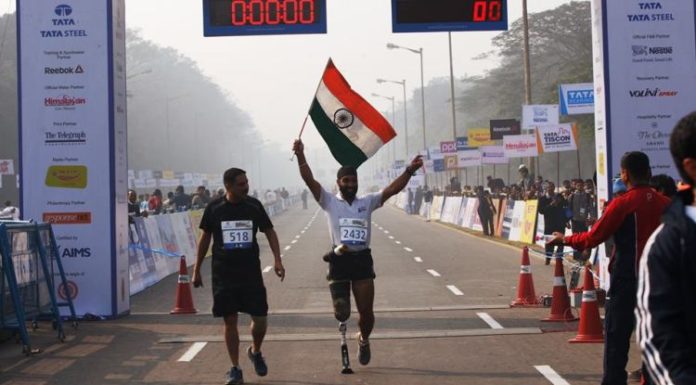The European Commission outlines gender wage gap as the “average difference between men’s and women’s hourly earnings, generally suggesting that the wage gap is due to a variety of causes such as discrimination in hiring, difference in education choices, difference in salary negotiations, differences in the types of positions held by men and women, differences in the pay of jobs men typically go into as opposed to women (especially highly paid high risk jobs), differences in amount of work experiences and breaks in employment.”

Gender pay gap is a globally debated over issue, which as per the latest Monster Salary Index by online career and recruitment solutions provider Monster India, is as high as a twenty-seven percentile in India. The report shows in India men earned a median gross hourly salary of Rs. 288.68 while on the other hand women earned Rs. 207.85 per hour. On comparing globally, India stands sixth in the Global Wage Gap list while the USA ranks 16. This gap implies that on average, a woman will earn less than a man even though both exhibit similar qualifications. This dearth of wage uniformity has taken a center-stage with politicians, business leaders and even worldwide celebrities opining their strong views. Although there have been noted variations in India where woman in Uttarakhand earned 9% less than men, on the other hand women in Bihar earned 63% less than men in the formal sector from 2006-2013. This observation raises some serious questions against the authenticity of governance in all victimized nations and it is predicted that without speeding up the pace of bridging this gap, the dream of an India with inclusive development is far from reach. Realizing some factors do qualify the existence of such sexism, the aspects have been named below –
1. The gender pay gap is above 40% for wage group between Rs. 1 lakh to Rs. 50 Lakhs. For wages below and above the mentioned amount respectively, the gap is almost negligible. Apparently the way women’s competences are valued is gross.
2. The gap is lower at junior levels compared to higher levels as even similar qualifications don’t stop gender wage gap.
3. Even marital status of a woman affects this gap.
4. Reinforcement of the segregation in the labour market which is further linked to traditions and stereotypes like professional choices women make.
5. The gap is also unavoidable due to mandatory domestic responsibilities that men do not share.
6. People falling in the older age group are likely to be affected by higher pay gap compared to those falling in the 20-30 years’ age group.
This reveals the demoralizing status of work culture in India and as offending as it might sound, sexism is deeply engraved even in 21st century India. Basically throughout history of the world we have had been witness to all forms of discriminations and have been fighting constantly against the same of race, religion, colour and gender. So now it would be impractical to verdict that feminists’ crying over the gender wage gap issue is foul. Feminists all over the world are trying to throw over the systematic discrimination that men are more efficient in their careers compared to women who can ‘only’ take care of their home and children. Plus the benefits of an inclusive workforce could deter the much mentioned belief, feminists suggest. And why not? Employers who are transparent about salaries not only instigate trust but also promote team work as the employees thrive to be competent constructively, boosting the objectives of concerned organizations. Also this could be a great fillip to employees’ morale and the public relations of business show more prospect of shining in market.
On conclusion, we do realize how women are open to opportunities in today’s era that were not even perceived as conceivable three decades back. While making the most of it, we must realize that women cannot be punished for simply being ‘women’. A nation only benefits economically when its female labour participation is equal to men with matching employment opportunities. After all, as research suggests, female in India perform 9.8 times the amount of labour in unpaid sector which on being measured could contribute to almost 0.3 trillion dollars to India’s economic output.
Hence we must understand that both women and men are humans in the workforce, performing the same task. The right value of the person (any person; male or female) must be decided based on their performance which if not done right, the repercussions must be faced by the person (read: any person; male or female). Existence of such issue merely based on gender is abhorring and pathetic.






























